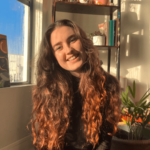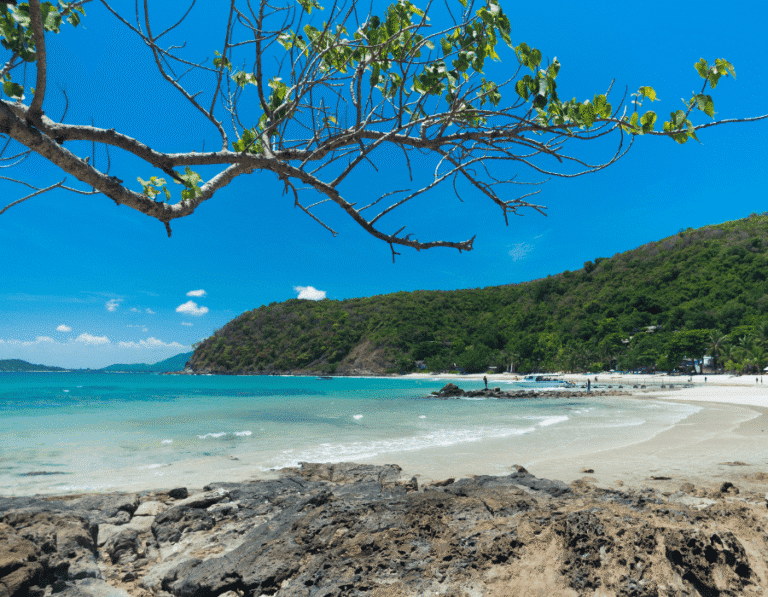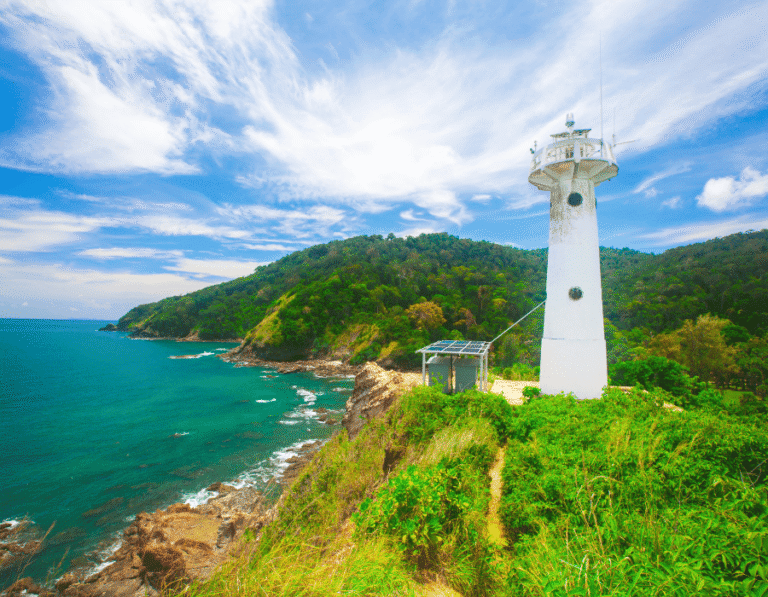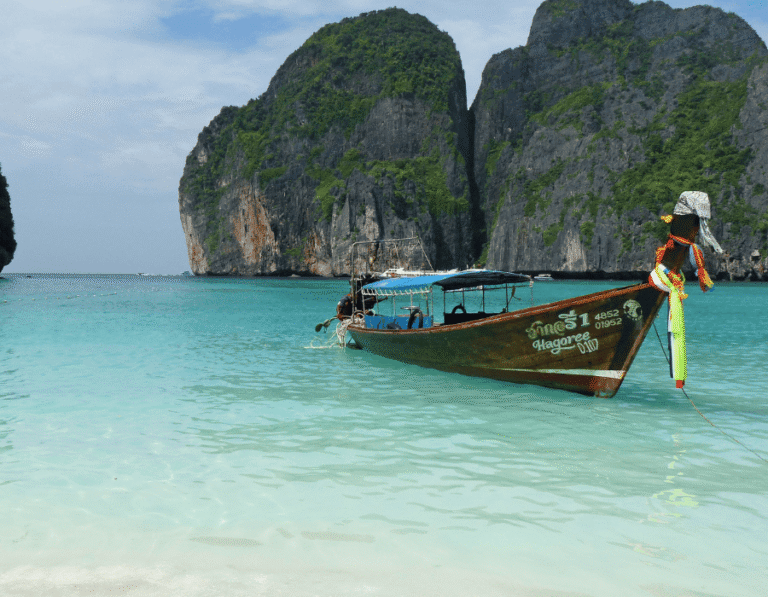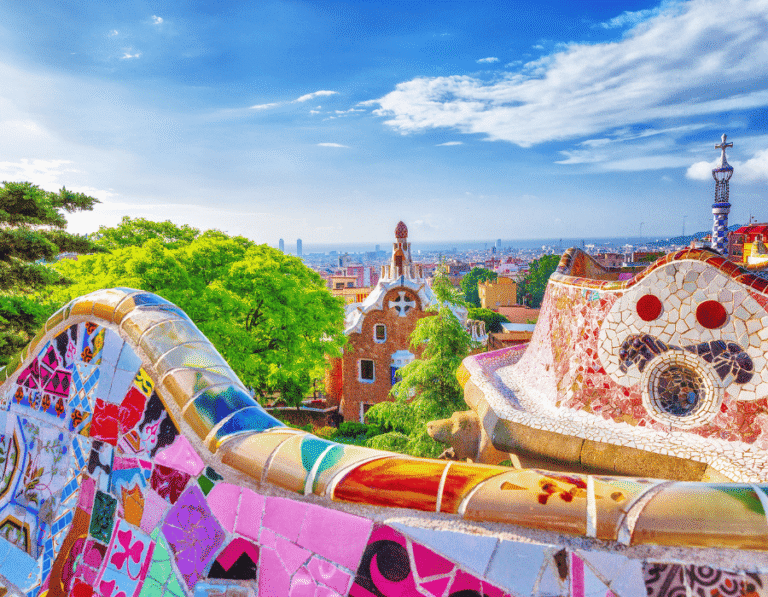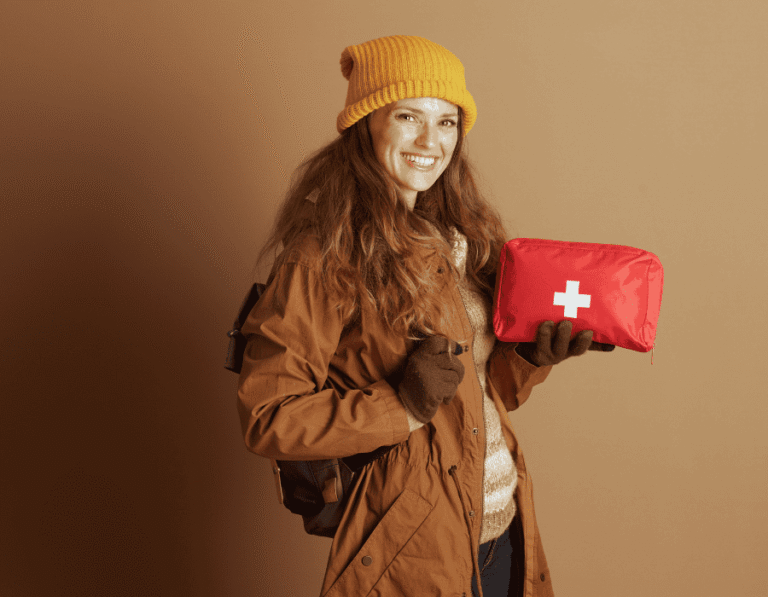The island country of Japan spans an archipelago made up of 6,852 islands. Today, it is one of the most urbanized and densely populated regions and is divided into 47 prefectures or municipalities and 8 traditional regions. From the lively neon-lit streets of Tokyo to the cherry blossom-lined temple paths in Kyoto, Japan has forever been a beloved bucket list destination for countless tourists.
If you are currently planning your holiday, this guide to healthcare in Japan contains everything you need to stay informed and safe.
Contents
- Healthcare Basics
- Cost of Healthcare in Japan
- Available Payment Methods
- Seeing a Specialist
- Drugstores and Pharmacies
- Prescriptions and Medication
- Hospitals vs Clinics
- Finding a Clinic
- Emergency and After-Hours Healthcare
- Tips for Tourists
Healthcare in Japan – The Basics
National Healthcare System
98% of Japan’s population is covered by the statutory health insurance system (SHIS), with the remaining 1.7% covered by Public Social Assistance Program. All citizens and residents are required by law to enroll in a SHIS plan; undocumented immigrants and foreign visitors are not covered. This is why travel insurance is essential when traveling in Japan.
General Healthcare in Japan
Historically, there was no real distinction between primary healthcare and specialty healthcare in Japan, and the concept of “general practice” has only recently been introduced and is still far from common compared to other countries. The majority of physicians specialize, and patients generally make appoints directly with specialists at clinics.
Primary healthcare (internal medicine) is provided mainly at clinics, with the exception of some hospital outpatient departments. Patients are not required to register with a practice. Most clinics are privately owned and managed by doctors or healthcare entities, with a small portion of clinics owned by local governments and non-profit organizations.
The Cost of Healthcare in Japan
Primary care fees are calculated based on a complex national fee-for-service schedule set by the government. The fee schedule includes both primary and specialist services and lists standard prices for defined services.
Healthcare costs obviously differ depending on the following factors:
- The kind of medical treatment required
- The duration of the consultation
- The type of doctor – general or specialist
However, in general, if you are covered by health insurance, you can expect to pay anywhere between 5,000 – 10,000 JPY (USD 45 – 90) for a consultation at a clinic and 10,000 – 15,000 JPY (USD 90 – 140) at a hospital. Without insurance, these costs will go up to 20,000 – 50,000 JPY (USD 180 – 460). Follow-up appointments and consultations should cost less.
Since medical services across Japan are required by law to charge a uniform fee, consultation and medical check-up costs do not change from prefecture to prefecture.
Payment Methods Available in Japan
Although Japan is well-known for its high-tech environment, cash is still the most popular and widely accepted payment method. But trends have been changing, with a gradual shift towards other payment methods. You will most likely be able to pay for any healthcare accounts with your credit or debit card, as long as it supports international payments.
- Credit/Debit Cards: Now widely accepted in major cities. However, the likelihood decreases in smaller towns. JCB is the only international credit card brand in Asia and is co-branded with MasterCard and Visa.
- IC Cards: These are stored-value cards that can be recharged. Common brands include Suica and Icoca. This payment method is predominantly used for public transport and double as a means of payment at stores and restaurants.
- Mobile Payments: Japan is no stranger to mobile payments, the most popular choices among these include domestic services like Edy, Rakuten Pay, Paypay, and Line Pay. (However, these are geared more towards locals.) As well as international services such as Alipay, WeChat Pay, and Apple Pay. Please note: Google Pay won’t work on most devices purchased outside of Japan.
Seeing a Specialist in Japan
Most outpatient specialist care is provided in hospital outpatient clinics that specialize in one field of medicine – usually, patients can visit these clinics without a referral. Fees are determined by the same fee schedule applicable to primary healthcare. There are many medical clinics throughout the country, but they are likely not located where tourists would go since they are set up for residents’ convenience.
Pediatric Care in Japan
You can’t just take your child to the nearest hospital and receive care. Since most healthcare facilities and hospitals in Japan work on rotation shifts, there might not be a pediatrician on duty when you arrive. Thankfully, most cities in Japan have at least one emergency pediatric clinic or hospital, which can provide after-hours pediatric care.
There is a national pediatric medical advice telephone line that is also available after hours. Be advised that the service is mostly available in Japanese. Dial #8000 to speak with a nurse or pediatrician about your child’s condition – the teleconsultant will then advise you on what steps to take next and whether you need to take your child to the nearest hospital or clinic.
Health in Japan – Pharmacies & Drugstores
Visiting a Drugstore or Pharmacy in Japan
You can buy medicine in Japan at either an ordinary drugstore (kusuriya) or a pharmacy (yakkyoku). Drugstores sell everything from daily supplies to cosmetics and even food, whereas pharmacies sell only medication and are usually in close proximity to a hospital or clinic. You will need a doctor’s prescription to buy medicine from a pharmacy.
Note: Pharmacies in Japan do not fill foreign prescriptions so that you will need a prescription issued by a Japanese doctor.
One of the larger drugstore chains is Matsumoto Kiyoshi and it’s ideal for tourists. Many of the branches in Tokyo have multilingual staff, especially in neighborhoods with lots of tourists: Shibuya, Shinjuku, Ikebukuro, and Ginza. Typical trading hours for pharmacies are 9 am to 6 pm, while drugstores tend to stay open till much later, like 8 pm. Some drugstores do fill prescription medication too, but trading hours are limited to 6 pm. Most pharmacies and drugstores are closed on Sunday.
Prescriptions & Medication
It is common for doctors in Japan to use the generic name of the active ingredient when prescribing medication. But physicians can decide to put their signature on the prescription to request that the pharmacist dispense the original drug instead of the generic. Unless specified otherwise, pharmacies are encouraged to dispense generic drugs upon briefing the patient.
It is important that you fill your prescription within 4 days of its issue. Otherwise, you will need to revisit a doctor to have another one reissued.
Medication Packaging and Labels
Japanese medicine is labeled according to the pharmaceutical classification of the medicine – which mainly refers to the intensity of the drug and side effects. You will notice either one of these 4 classifications on the package of your medication:
- Class 1: These drugs cannot be bought directly and are instead dispensed on the advisement of a pharmacist. These are generally strong and have various side effects.
- Class 2: These drugs are sold by pharmacists or registered dealers. These aren’t as intense as Class 1 drugs.
- Class “Pharmaceutically Designated 2”: These drugs are sold by pharmacists or registered dealers. The label can also be identified with the following Japanese characters: 第[2]類医薬品. These medications should not be taken with any other medicine and are not suitable for pregnant women and children.
- Class 3: These drugs are the regular over-the-counter medicines available from the drugs store. Their risk of side effects is low.
Note: When you are in a Japanese drugstore, most of the packaging on the shelves is only the packaging and doesn’t include the medication itself. Simply take the empty package to the cash register and, if necessary, inform the staff of the quantity you wish to buy. They will exchange the empty package for the actual medicine. Always double-check to be sure!
Healthcare in Japan: Hospitals and Clinics
Hospitals vs Clinics in Japan
The easiest way to differentiate between the two different medical institutions is based on the severity of your condition.
Hospitals (byouin or sougou byouin):
- Fewer in numbers across the country
- Various medical departments
- Latest in technology
- Primarily for urgent medical attention
Clinics (kuriniku):
- Smaller medical institutions
- Located in various places throughout the country, usually in front of stations
- Usually, general clinics or specialist clinics that specialize in one field of medicine
If you know what is wrong and know what kind of medical attention you need, then you can simply visit the specialist clinic related to your medical condition. However, most people visit a general clinic for “internal medicine” (naika), which is similar to a general practitioner. Unless stated otherwise, the majority of clinics in Japan will have an internal medicine department.
General Waiting Room Procedure at Clinics or Hospitals
When you are at the health clinic you will likely be given a medical questionnaire form to fill in. Once you have filled it in, return it to the staff at the reception desk and wait for your name to be called. After you have been called for your consultation with the doctor, you will probably be asked the same questions about your condition. After which, you will be asked to go back to the waiting area to settle the account for your consultation. If you receive a prescription, you will be informed of the nearest pharmacy.
It’s important to note that many hospitals and medical clinics in major cities like Tokyo work on a rotational system that requires patients to return back to a waiting area or lobby in between each course of action, so it’s not uncommon to go back and forth between the lobby a few times during your visit to the clinic.
How to Find Medical Clinics in Japan
If you need to see a doctor or go to the hospital, you can visit the Search Medical Institutions page on the Japan Tourism Agency website. Filter your search by area, language, medical department, and be sure to check what payment methods are accepted. Here is a list of hospitals and clinics in Japan that accept credit cards.
Also, make sure the institution is accredited by the Japan Medical Service Accreditation for International Patients. The following hospitals are multilingual medical institutions in Tokyo with JMIP accreditation:
- Center Hospital of the National Center for Global Health and Medicine – Address: 1-21-1 Toyama Shinjuku-ku, Tokyo, Postal Code: 162-8655. Phone: 03-3202-7181. This facility provides 24-hour emergency care with English-speaking staff.
- Tokyo Nishi Tokushukai Hospital – Address: 3-1-1 Matsubara-chō, Akishima-shi, Tōkyō, Postal Code: 196-0003. Phone: 042-500-4433. This facility provides emergency care with English-speaking staff.
- St Luke’s International Hospital – Address: 9-1 Akashi-cho, Chuo-ku, Tokyo, Postal Code: 104-8560. Phone: 03-3541-5151. This hospital offers English-speaking doctors as well as administrative support in English.
Telehealth in Japan
All kinds of telehealth services are available in Japan, and each individual medical facility is allowed to decide whether to adopt telehealth systems.
Telehealth is subject to the Medical Practitioners’ Act, various guidelines issued by the Minister of Health, Labor and Welfare (“the MHLW”), as well as other government and regulatory agencies. Prior to the COVID-19 pandemic, medical practitioners could not provide medical care or issue a prescription without performing an in-person medical examination or consultation first – at least not without complying with an extensive list of specific requirements first. However, in response to the pandemic, the MHLW issued a new guideline that allows telemedicine under new, less strict regulations.
Air Doctor has partnered with several medical professionals throughout the country, which means you can download our app now and book an appointment – either online or in person – with a qualified medical professional.
Hospital Or Emergency Care in Japan
All major cities have hospitals with emergency and outpatient facilities. Hospitals in Japan are either public, private, or non-profit hospitals.
If your situation is urgent, but not a life-or-death situation then your next option should be a regular hospital. These hospitals have typical office hours and are usually closed on weekends and holidays. These facilities might not be able to attend to critical emergencies but will direct you to a provider that can.
Staff in these hospitals can handle and treat non-emergency diagnoses and prescriptions.
Do not expect staff at hospitals in Japan to speak your native language. While some hospitals, like those affiliated with universities, might have a translation service – available through an on-call staff member or via telephone – it is not a hospital requirement. This is where that phrasebook or translation app will come in handy.
Emergency and After-Hours Medical Care in Japan
You can dial 119 throughout Japan to call an ambulance. Regardless of your nationality, Japanese ambulances are free. However, you will be responsible for medical bills at the destination hospital.
If you are experiencing an obvious emergency, you will need to visit an emergency hospital (kyukyu byion). These hospitals are open 24 hours daily and are staffed with doctors and nurses who can treat all urgent medical care.
Hospital outpatient departments also provide after-hours care, as do some medical clinics and after-hours government facilities. After-hours care incurs additional costs, including telephone consultations.
Tips For Tourists Dealing With Healthcare Professionals in Japan
- Japanese is the most widely spoken language in Japan, and English-speaking locals are very uncommon. It would be a good idea to keep a phrasebook or translation app handy so that you can communicate more efficiently, not only during your consultation but also during your stay in Japan.
- Within a cultural context, Japanese people are very reserved, organized, and performance-driven. Generally, Japanese people don’t enjoy being interrupted while speaking or speaking too loudly in public. So, to avoid offending anyone, don’t interrupt people or talk too loudly.
If you are a tourist in Japan and would like to speak to an English-speaking medical professional, you can make an appointment on the AirDr app right now and have an in-person or virtual consultation within minutes.

